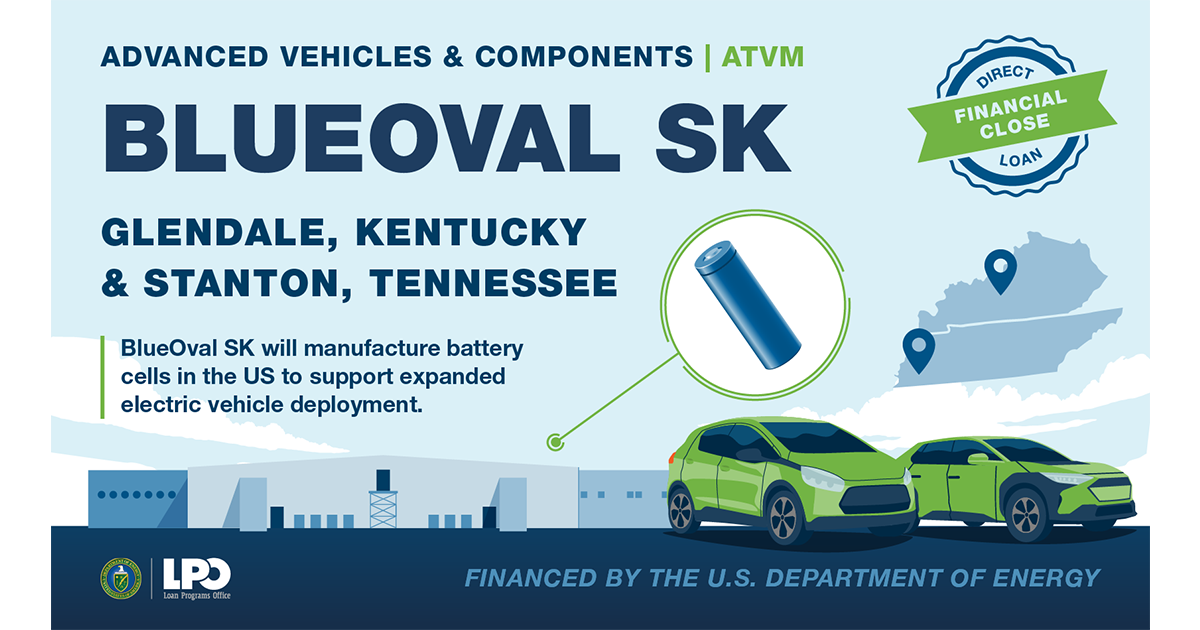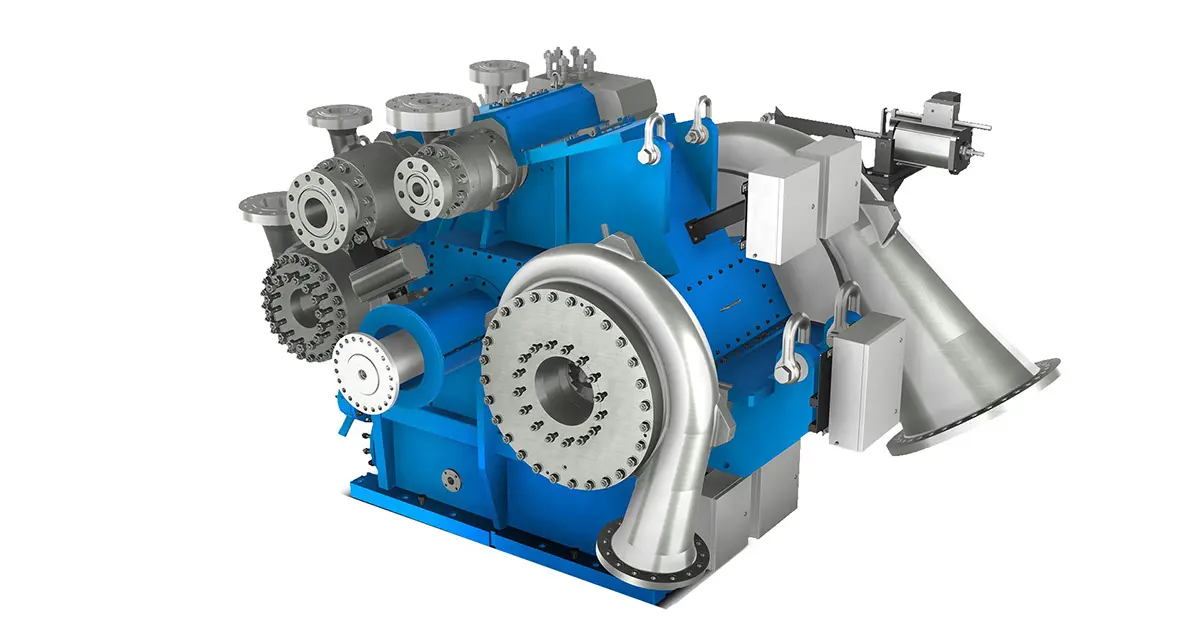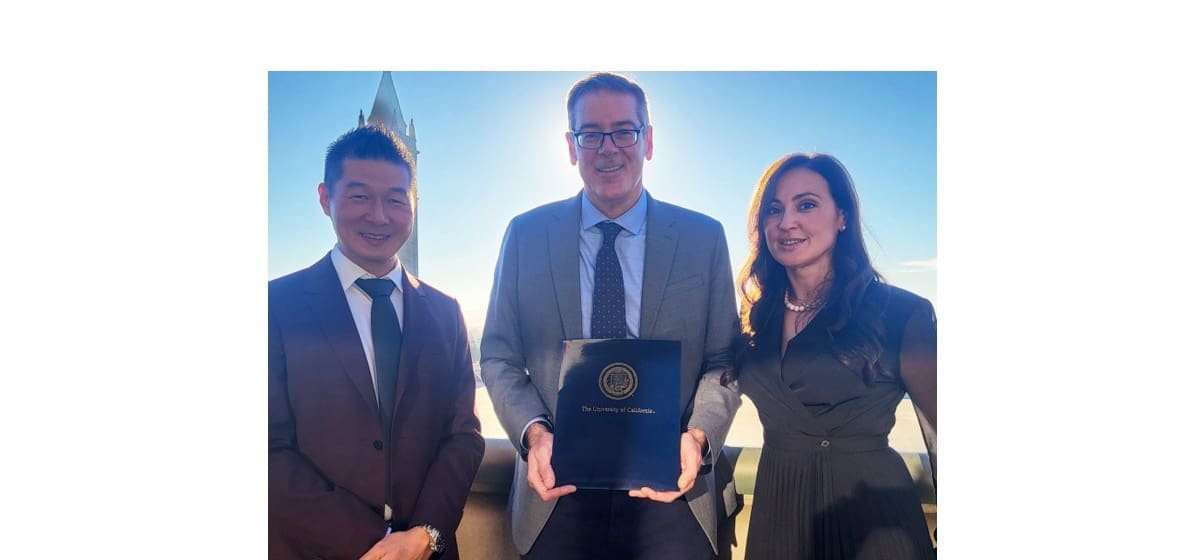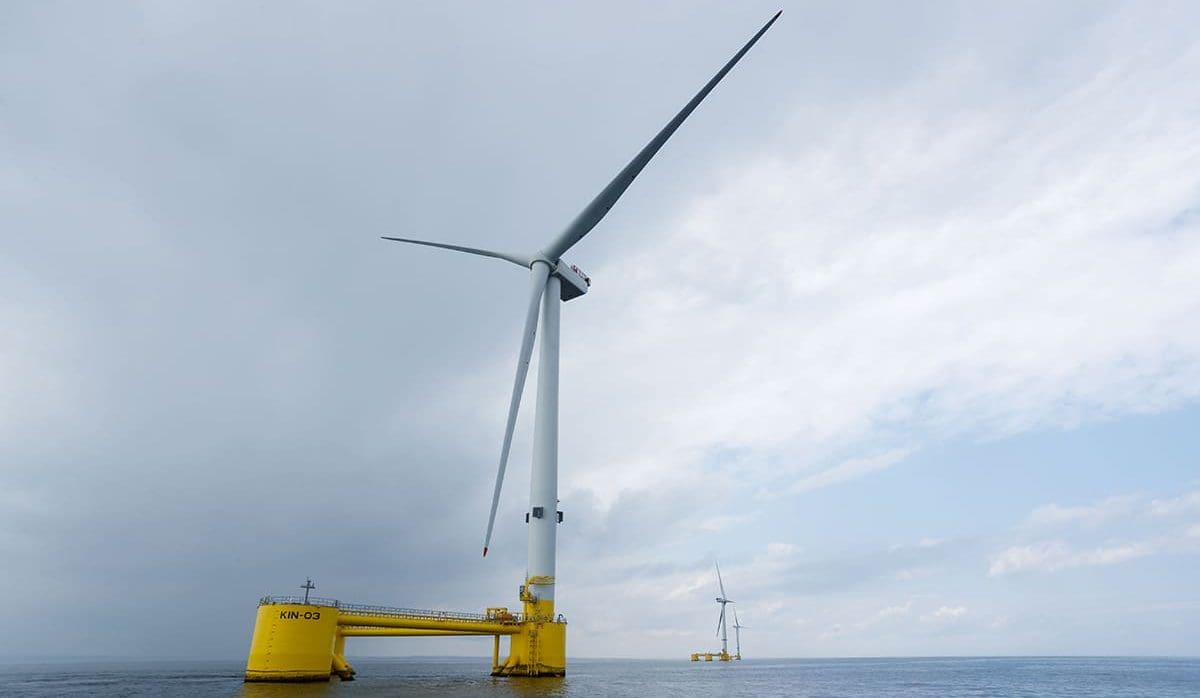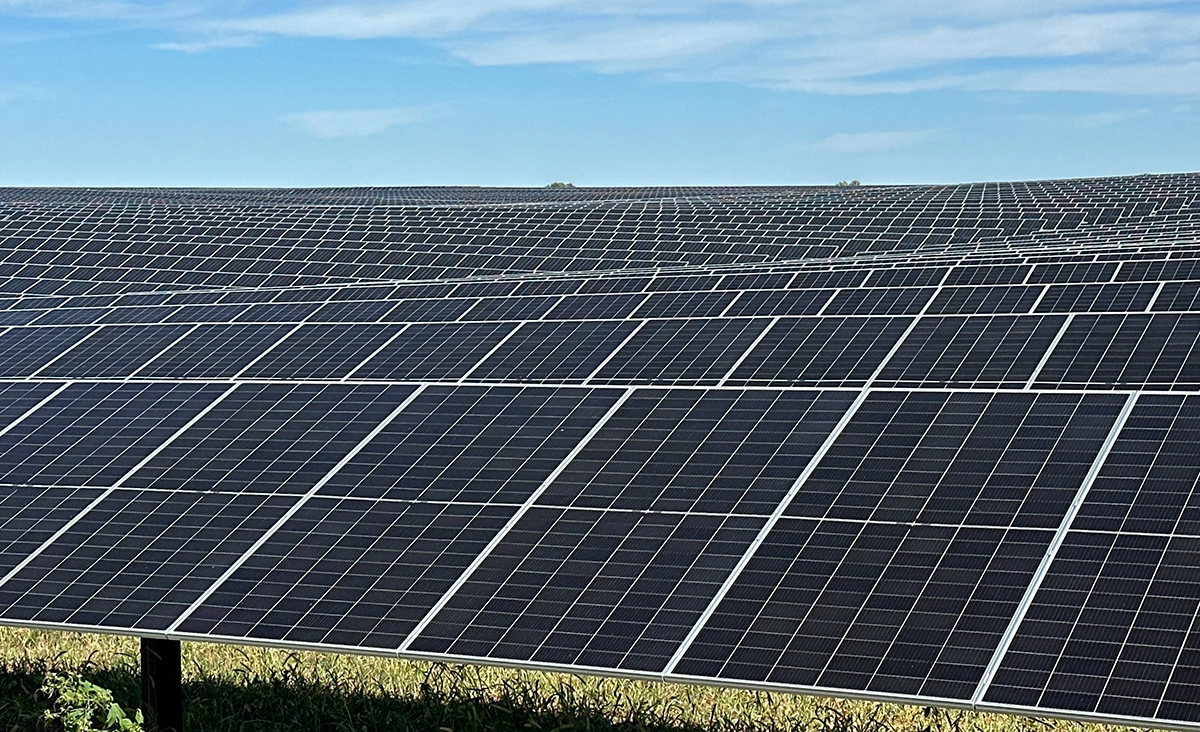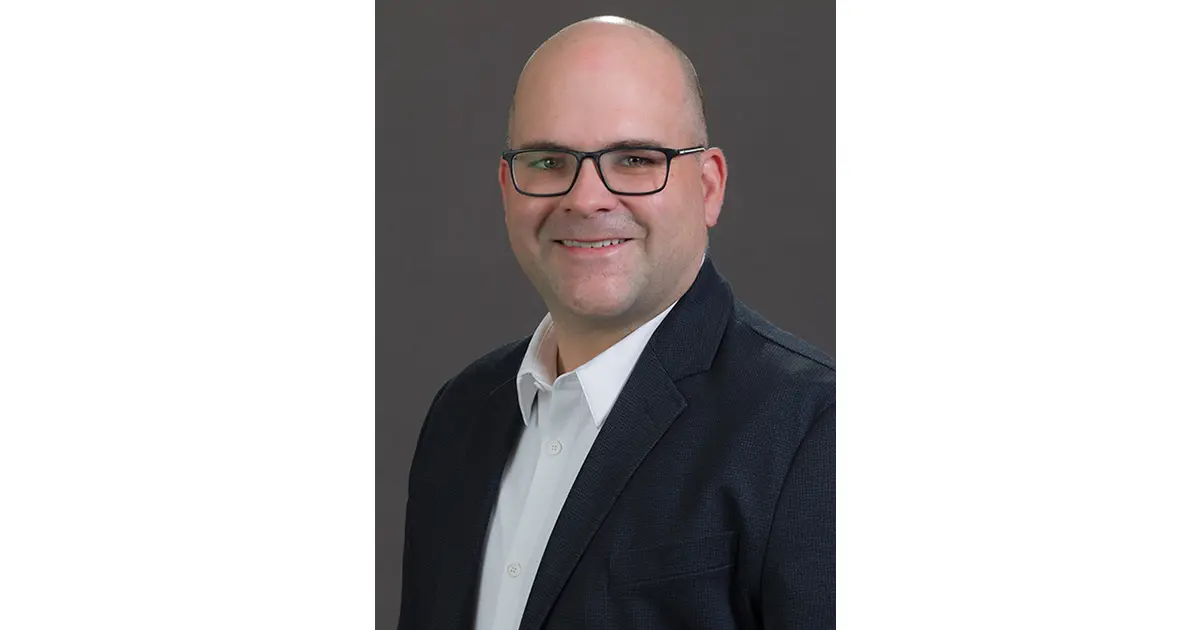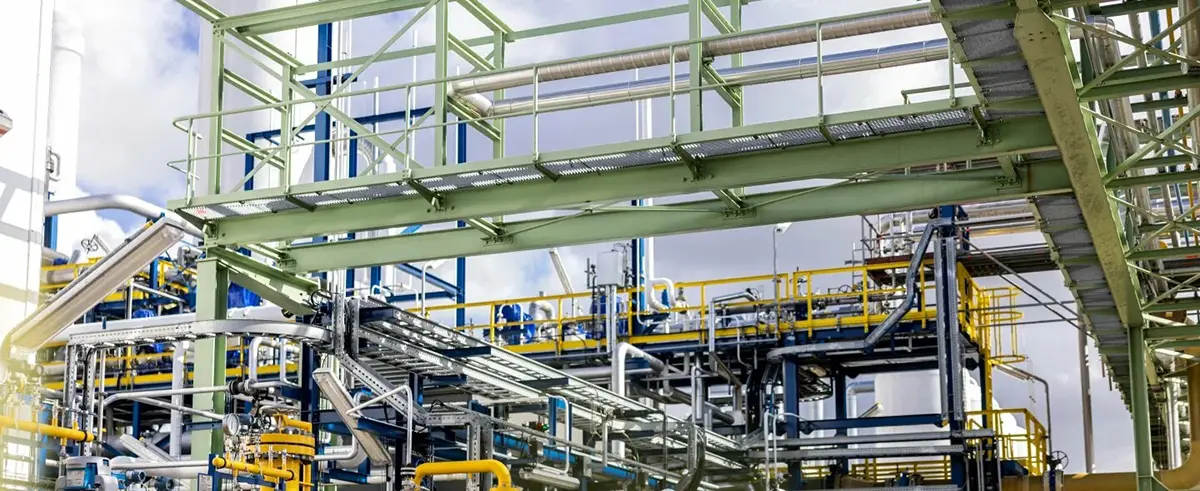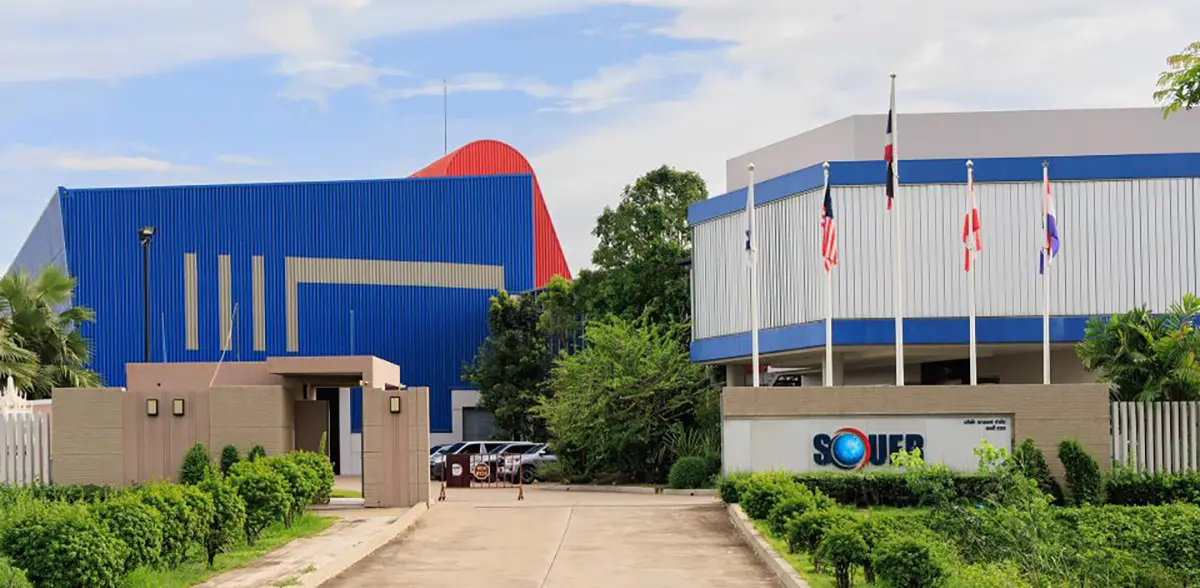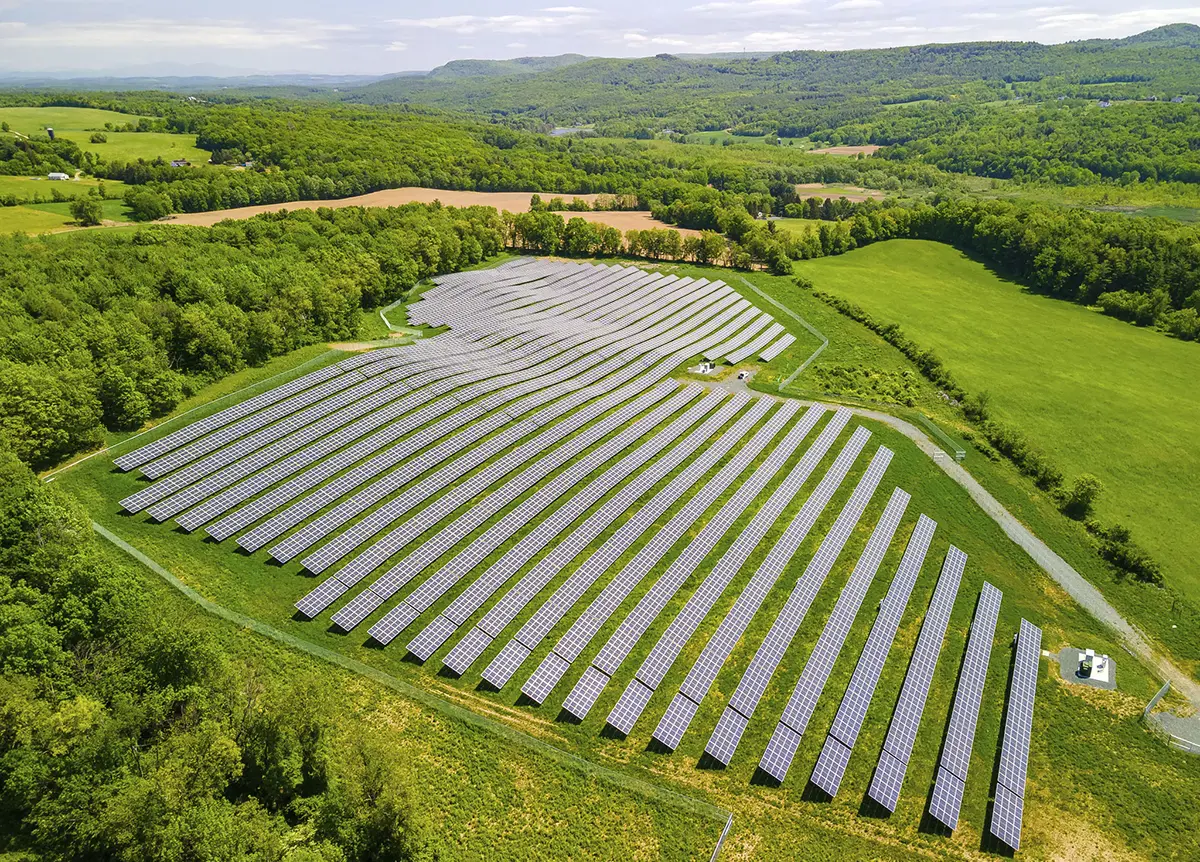
Germany’s First FSRU, Höegh Esperanza, Enters Service
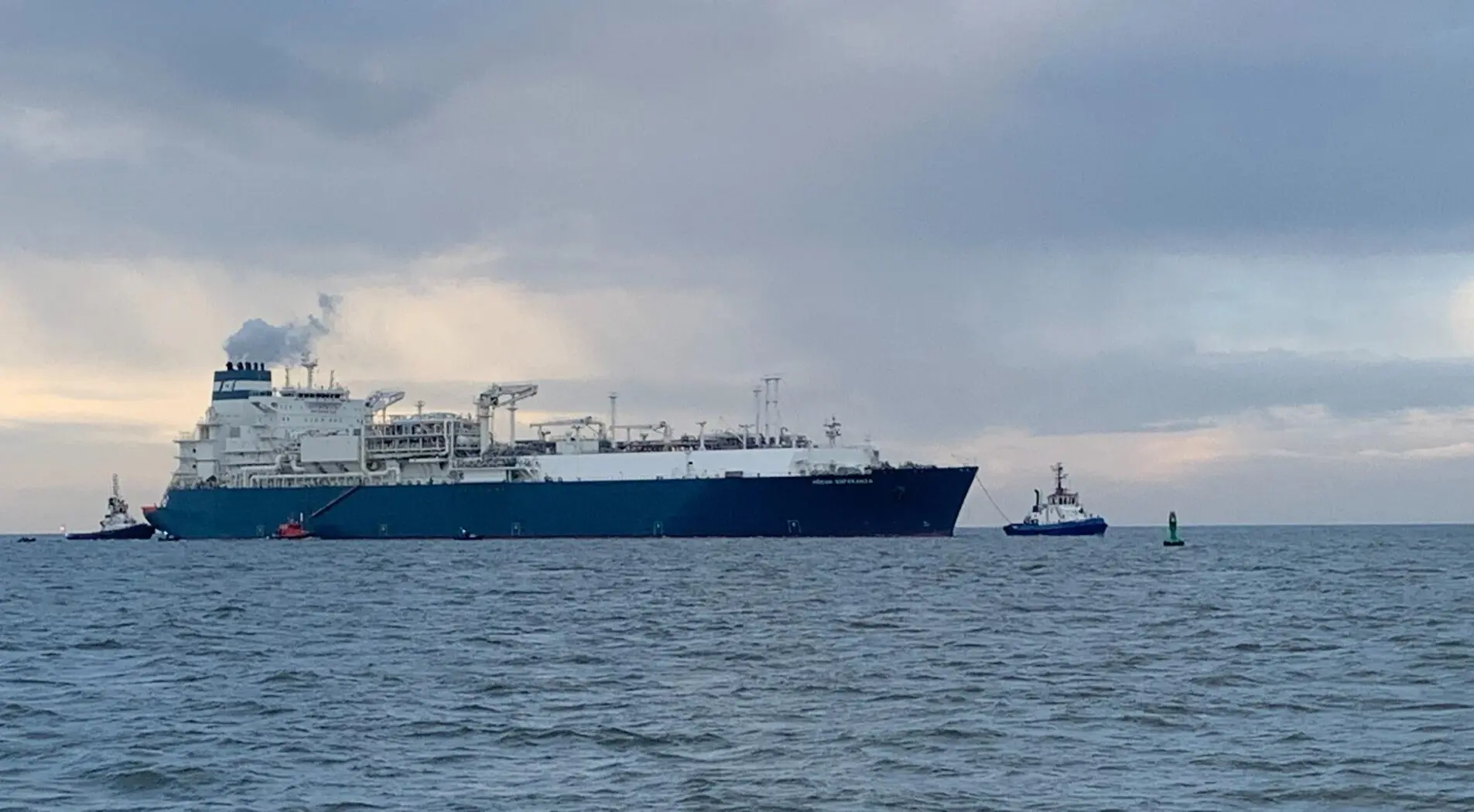
On December 15, 2022, the Höegh Esperanza vessel, a floating storage and regasification unit (FSRU), arrived in Wilhelmshaven, Lower Saxony, Germany. The arrival of the FSRU marks an important milestone shortly before the opening of Germany’s first LNG terminal, which occurred on December 17, 2022.
The FSRU was previously loaded with around 5.8 MMscf (165,000 m³) of liquefied natural gas (LNG) in Spain, enough to supply 50,000 to 80,000 German households for a year. In the future, Höegh Esperanza will no longer bring the LNG to Wilhelmshaven itself. Its task is to regasify delivered LNG and feed at least 176.5 Bscf (5 × 109 m3) of natural gas into the German gas grid each year. That is around 6% of Germany’s gas demand and would replace around 11% of Germany’s gas imports from Russia.
“There is still a lot to do before the first gas can flow in a few days,” said Holger Kreetz, COO of Asset Management at Uniper. “Nevertheless, after 10 months of intensive work, it is a great moment to see the Höegh Esperanza dock here. Only the good, determined cooperation between the companies, authorities, and politicians has made this speed, which we should use as a blueprint for the energy transition, possible.”
Höegh Esperanza Enters Service
The first German floating terminal for importing LNG was officially commissioned for service in Wilhelmshaven. LNG will be regasified and conveyed via the newly created Wilhelmshavener Anbindungsleitung (Wilhelmshaven Connector Pipeline/WAL) into the German long-distance gas grid. During the past 10 months, the three companies Niedersachsen Ports, OGE, and Uniper worked to create the infrastructure on the North Sea shore in the shape of the Import Terminal and the WAL and are now welcoming the companies’ project teams aboard the LNG ferry MS “Helgoland.”
“We are proud to commission Germany’s first LNG Terminal in Wilhelmshaven,” said Klaus-Dieter Maubach, CEO of Uniper. “For the short term, we are now able to cover about 6% of our gas needs with LNG that is shipped directly to Germany. In the mid- to long term, Uniper’s project ‘Green Wilhelmshaven’ is slated to make a great contribution to the decarbonization of the German industry through the import of green ammonia and through the production of green hydrogen.”
Uniper said that the short stretch of time since March 2022 included the preparation of numerous approval documents in the spring, start of construction with the first pile-driver blow in May, chartering the FSRU in July, start of construction work and laying pipes for the connection pipeline in August, handover of the completed port jetty in November, connection of the WAL to the long-distance gas grid, and the on-time arrival of MV Höegh Esperanza.
Background
Barely 10 months ago, the German government set a new course for the energy supply to strengthen energy security as early as this winter and to diversify its gas sourcing. The implementation was only made possible through tight collaboration between politics, authorities, and companies.
The first import terminal for LNG in Germany was realized in Wilhelmshaven at the Cargo Handling Facility Vosslapper Groden (UVG). At the request of the Federal Republic of Germany, Uniper will be operating the terminal. The FSRU was chartered and made available by the Federal Republic of Germany. Within the context of supply security, Germany is benefiting from the diversification of the sources and from the avoidance of one-sided dependencies: LNG can be sourced from new suppliers and thereby contribute to the supply security. It is Uniper’s goal to strengthen Germany’s supply security and to pave the way toward a sustainable energy future. The design of the LNG terminal and pipelines was planned in a hydrogen-ready way, helping the economy move toward a carbon dioxide (CO2)-neutral energy economy.
Uniper said Wilhelmshaven offers ideal conditions, both from a maritime and logistic point of view. LNG tankships of all sizes will be able to call the facility, regardless of the tides and in compliance with the highest international safety standards. For the connection to the existing LNG long-distance grid, a gas pipeline with a total length of 16.2 miles (26 km) was constructed, the implementation of which was accomplished by Open Grid Europe.
At the floating LNG terminal, the LNG delivered by a tankship is conveyed onto the FSRU. It is then vaporized, converting it back to a gaseous state. Subsequently, the gas is fed via the WAL into the German long-distance gas grid at Etzel.
Germany’s first LNG jetty project was performed under an immense time crunch due to its importance for ensuring Germany’s secure gas supply. Niedersachsen Ports performed the requisite works on the port infrastructure; construction of the terminal itself was carried out by Uniper. Prior to that, Niedersachsen Ports, in a joint effort with Uniper, had examined the feasibility of such venture.

